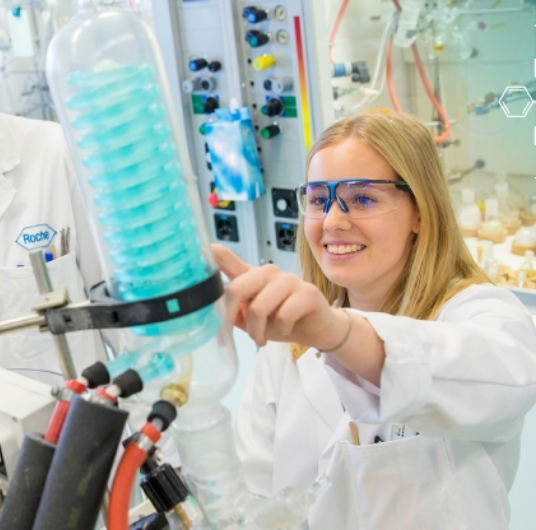Powering the future
Implats promotes and advances technologies related to the hydrogen economy and fuel cell innovations, positioning itself at the forefront of sustainable solutions powered by PGMs. This supports the global shift towards decarbonisation and emissions reduction.
Through Implats’ investments in AP Ventures, it develops markets for key PGM applications such as in hydrogen, fuel cell mobility and energy storage. The Group pioneers research and development in fuel cells, promising advancements in combined heat and power applications, distributed power generation and portable energy solutions.

Autocatalysts
By far the largest use of PGMs today is
in automobile catalytic converters
(autocatalysts), which are pollution-control
devices fitted to cars, trucks, motorcycles,
and other mobile machinery. Catalytic
converters reduce outdoor air pollution
in cities and rural areas.











